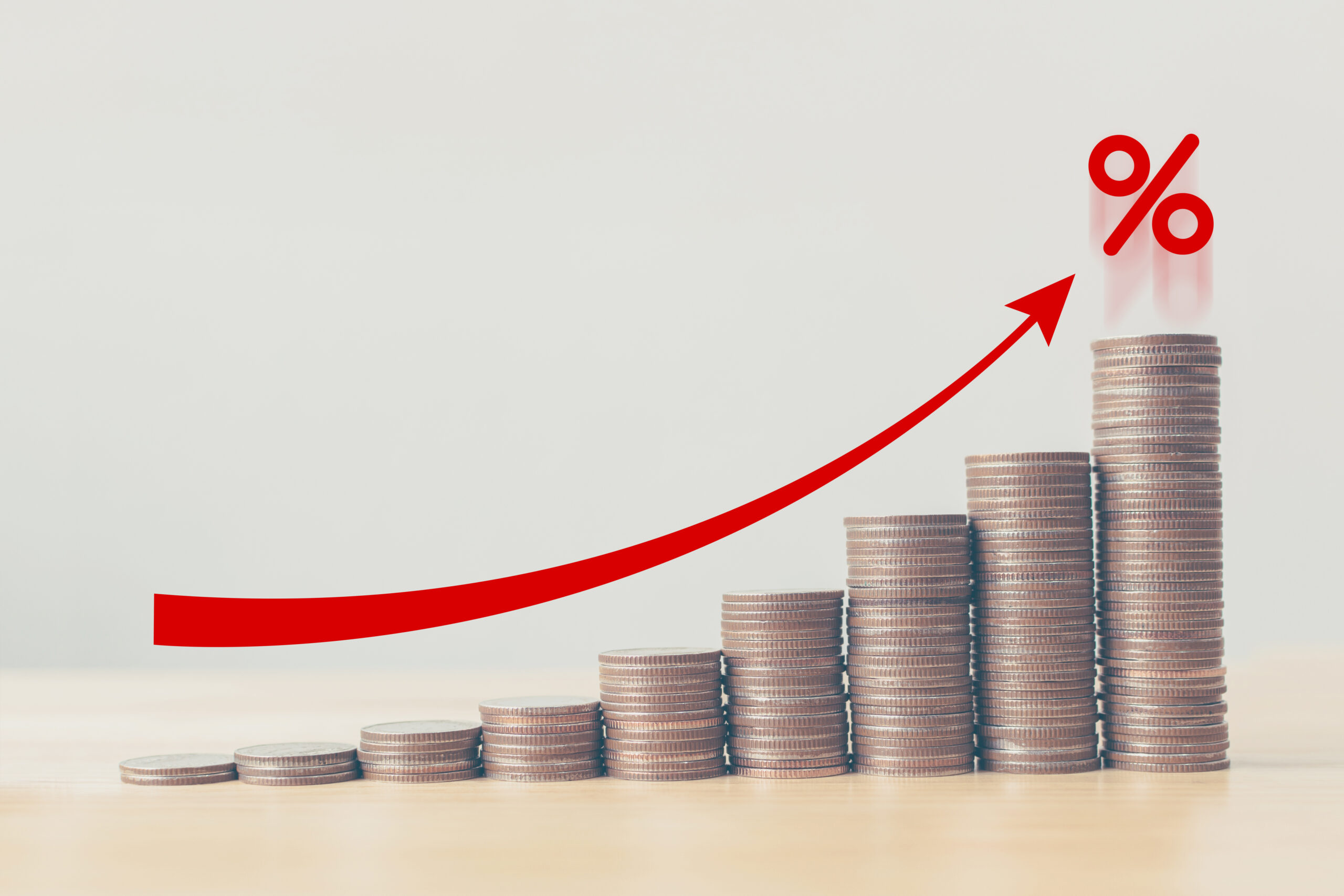Treasury Series I (inflation) savings bonds have been all the rage with inflation hitting highs not seen in decades. I’m not going to go into detail about I Bonds as you can find a lot of great up to date information on the Treasury Direct website: https://www.treasurydirect.gov/savings-bonds/i-bonds/
I Bonds Summary
- Minimum Investment: $25 then in penny increments (through Treasury Direct)
- Maximum Investment: $10,000 per person (on TreasuryDirect.com); $5,000 per person (for paper certificate)
- Interest Rate: The interest rate resets every 6 months tied to inflation (CPI) plus a currently very low fixed rate.
- Selling Your I Bond: You need to hold it for 12 months. If you sell within 5 years, you lose the last 3 months of interest.
- I Bond Value: Equals your principal plus the accumulated compounded interest.
- Taxes: Subject to federal taxes but exempt from state and local taxes.
Is inflation high and thus I Bonds interest rates high for the next 6 months? Yes, absolutely.
On an inflation-adjusted basis, are you getting ahead of inflation? Not really. I Bonds are trying to pay you the inflation rate, so you essentially break even on an inflation-adjusted basis. At over 9% on an I Bond, is that better than your 0.1% bank account interest rate? Yes, absolutely.
Ok, here is the problem. The Federal Reserve has stated repeatedly that they are going to fight hard against inflation. This means they are going to fight hard to bring down your I Bond’s interest rate. If the Fed succeeds in brining inflation down from 9% down to the 2-3% range they are targeting, the I Bond will continue to reduce its interest rate that it is paying you. The old adage “Don’t Fight the Fed” is applicable to I Bonds as well.
So now what? With interest rates across the bond market at levels not seen in several years, reaching levels of 5-7%+ across corporate bonds and other credit-sensitive bond sectors, rather than consider an I Bond that will probably reduce its interest rate payment every 6 months, why not consider locking in higher yielding bonds for 5-10 years across a diversified set of corporate bonds?
Are corporate bonds riskier than Treasury I Bonds. Yep. Can you try to diversify the default risk across corporate bonds? Yep – maybe consider an active bond manager that tries its best to provide diversification and to avoid bond defaults. Will your corporate bonds or actively managed diversified bond fund have daily price volatility? Yep. Will I Bonds have downside price volatility. Nope.
What about if interest rates fall from here as inflation comes down? In a fixed rate bond, if interest rates decline, the fixed rate bond’s price can appreicate (all else equal). Will an I Bonds price appreciate in a falling interest rate environment? Nope. So depending on your holding period and where interest rates go from here, you may have an opportunity for price appreciation in addition to attractive yields from a diversified credit-sensitive bond portfolio.
So, if the Fed is successful in fighting inflation: Inflation falls, interest rates fall, I Bond interest rates fall and fixed rate bond prices rise.
If the Fed is unsuccessful in fighting inflation: Inflation moves higher, interest rates move higher, I Bond interest rates move higher and fixed rate bond prices fall.
If this is a longer-term investment, investors will need to consider:
- Locking in higher but falling rates based on inflation in an I Bond that does not experience daily price volatility. OR
- “Lock” in higher yields now in a diversified fixed rate, credit-sensitive bond allocation but take on some market price volatility.
As always, time horizon, risk tolerance, investor preferences all come into play. You’ll need to know your tolerance for volatility, and have a view on inflation and interest rates across the bond markets going forward. Decades high yields are available across the bond market, not just in I Bonds. At a minimum, rather than just racing to I Bonds and their currently high, attractive interest rates, make sure you are aware of your other higher yielding options that are currently available across the vast bond market.
